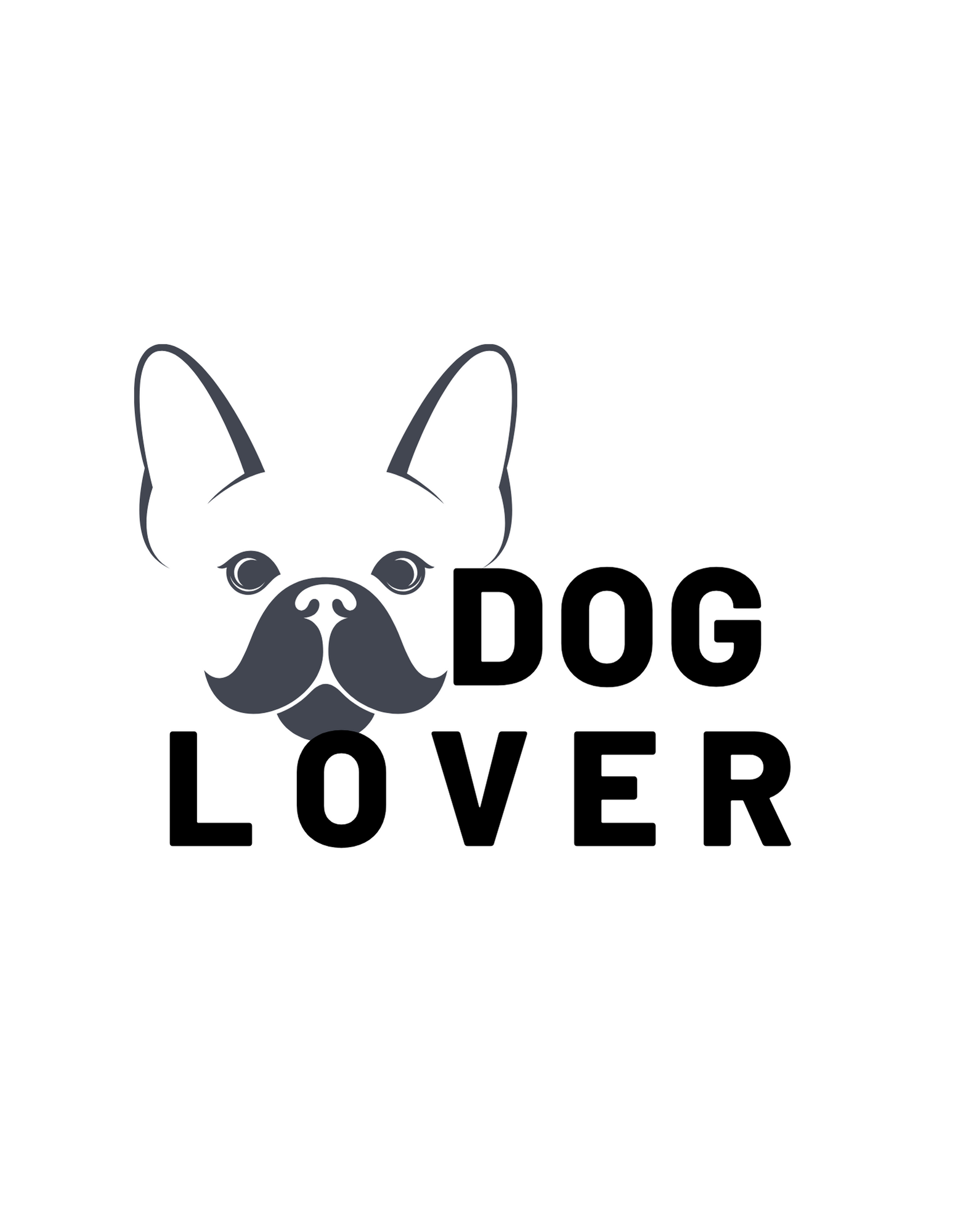The ultimate guide to dog nutrition.
Proper nutrition is the cornerstone of canine health and longevity. This comprehensive guide explores the essential components of dog nutrition, including macronutrients, micronutrients, and supplements.
Understanding these nutritional needs will help you make informed decisions about your dog’s diet across different life stages and health conditions.
Macronutrients: The Building Blocks
Proteins: The Foundation of Growth and Repair
Proteins are crucial for tissue repair, growth, and overall health. They serve as the building blocks for muscles, skin, hair, and vital organs.
- Recommended Amounts: The Association of American Feed Control Officials (AAFCO) mandates that adult dog food contain a minimum of 18% crude protein, while puppy food should contain at least 22% protein (dry matter basis).
- Essential Amino Acids: Dogs require 10 essential amino acids: arginine, histidine, isoleucine, leucine, lysine, methionine, phenylalanine, threonine, tryptophan, and valine.
- Quality Sources: High-quality protein comes from eggs, fish, and various meats. Animal-based proteins typically provide more essential amino acids and are more digestible than plant-based proteins.
- Functions:
- Muscle development and maintenance
- Immune system support
- Hormone and enzyme production
- Tissue repair and regeneration
Fats: Energy and Vital Functions
Fats are the most concentrated source of energy in your dog’s diet, providing approximately 2.25 times more energy per gram than proteins or carbohydrates.
- Recommended Amounts: Most commercial adult dog foods contain 5-15% fat on a dry-matter basis, while puppy diets typically contain 8-20% fat.
- Essential Fatty Acids (EFAs): Dogs require specific fatty acids that cannot be synthesized by their bodies, including:
- Omega-3 fatty acids (found in fish, flaxseed oil)
- Omega-6 fatty acids (found in poultry, vegetable oils)
- Functions:
- Energy production
- Absorption of fat-soluble vitamins (A, D, E, K)
- Maintenance of healthy skin and coat
- Support for brain development and cognitive function
- Regulation of body temperature
- Reduction of inflammation (particularly omega-3s)
- Protection of internal organs
Carbohydrates: Supplementary Energy
While not categorized as essential by AAFCO, carbohydrates provide energy and contain dietary fibers that support digestive health.
- Sources: Healthy carbohydrates include fiber-rich vegetables such as beans, peas, and potatoes.
- Dietary Fiber: Supports a healthy gut microbiome and proper digestion.
- Commercial Content: Dry dog foods typically contain 30-60% carbohydrates, with the majority being starch.
Micronutrients: Small but Mighty
Vitamins
Vitamins are organic compounds required in small amounts for normal body functioning, metabolic processes, and overall health.
Fat-Soluble Vitamins:
- Vitamin A: Essential for cell development, vision, growth, and immune function.
- Vitamin D3 (cholecalciferol): Supports skeletal health and calcium metabolism. Dogs cannot produce Vitamin D naturally.
- Vitamin E: Supports skin, coat, and immune health.
- Vitamin K: Important for blood clotting and bone metabolism.
Water-Soluble Vitamins:
- B vitamins: Support energy metabolism, nervous system function, and cellular health.
- Vitamin C: While dogs can produce their own vitamin C, supplementation may benefit dogs under stress or with certain health conditions.
Minerals
Minerals support bone and cartilage formation, nerve and muscle function, fluid balance, hormone production, and oxygen transportation.
Macrominerals:
- Calcium and Phosphorus: Support bone development and cell conduction. The calcium content in large and giant breed puppy food should be approximately 1%, with phosphorus at about 0.8% in dry matter. An ideal calcium-to-phosphorus ratio is 1.2:1.
- Magnesium: Supports muscle and nerve function.
- Sodium and Potassium: Regulate fluid balance and nerve transmission.
Microminerals (Trace Minerals):
- Iron: Essential for oxygen transport in the blood.
- Zinc: Supports immune function and skin health.
- Copper: Supports coat color and connective tissue.
- Selenium: Acts as an antioxidant.
Nutritional Needs Across Life Stages
Puppies: Building a Strong Foundation
Puppies have unique nutritional requirements due to their rapid growth and development.
- Energy Needs: Puppies require about twice as many calories per pound of body weight compared to adult dogs.
- Feeding Frequency:
- 6-8 weeks: Four to six meals daily
- 6 months: Two to three meals daily
- Nutritional Profile:
- Higher energy concentration
- Higher protein content (50-62.5g per 1000 kcal)
- Minimum fat requirement of 21.25g per 1000 kcal
- Appropriate calcium and phosphorus levels
- Special Considerations: Nutritional mistakes during puppyhood can have severe, sometimes irreversible, lifelong consequences. Large and giant breeds require special attention to calcium levels to prevent developmental orthopedic diseases.
Adult Dogs: Maintaining Optimal Health
Adult dogs require balanced nutrition to maintain weight and overall health.
- Nutritional Profile:
- Minimum protein requirement of 45g per 1000 kcal (18% in dry matter)
- Balanced fat content
- Appropriate vitamins and minerals
- Influencing Factors: The nutritional needs of adult dogs depend on physical activity, general condition, physiological status, and reproductive status (including spaying/neutering).
- Feeding Methods: Portion control is important, with meal feeding often recommended over free-choice feeding to prevent overeating.
Senior Dogs: Supporting Aging Bodies
After approximately 8 years of age, dogs are generally considered seniors and have changing nutritional needs.
- Energy Requirements: Senior dogs typically require fewer calories due to decreased activity levels. The maintenance energy requirement (MER) declines by approximately 25% with age.
- Diet Composition:
- Lower calories
- Higher-quality protein (maintained or increased levels)
- Lower sodium
- Fewer carbohydrates
- Increased omega-3 fatty acids and antioxidants
- Glucosamine for joint health
- Medium-chain triglycerides to support brain health
Pregnant and Nursing Dogs
Pregnant and lactating dogs have significantly increased nutritional requirements.
- Energy Needs: Energy requirements during lactation can increase up to three times the basal requirement, especially with large litters.
- Nutritional Profile:
- 27-34% proteins
- 18-20% fat with balanced omega-3 and omega-6 fatty acids
- 20-30% carbohydrates
- 1% calcium and 0.8% phosphorus
Supplements: When and Why
While a balanced diet should provide all necessary nutrients, supplements can address specific needs in certain situations.
Common Supplements
- Omega-3 Fatty Acids: May help reduce inflammation in dogs with joint issues, skin conditions, or certain cancers.
- Glucosamine and Chondroitin: Support joint health, particularly in aging dogs or breeds prone to joint issues.
- Probiotics and Prebiotics: Maintain healthy intestinal microbial populations and support digestive health.
- Vitamins and Minerals: May be necessary when feeding homemade diets or in cases of specific deficiencies.
Considerations Before Supplementing
- Consult a Veterinarian: Always discuss supplementation with your veterinarian before adding anything to your dog’s diet.
- Avoid Imbalances: Supplementing an already balanced diet can create nutritional imbalances and potential health problems.
- Quality Matters: Choose high-quality supplements from reputable manufacturers.
Nutrition for Special Health Conditions
Obesity Management
Obesity in dogs is linked to various health problems including diabetes, arthritis, heart disease, and reduced lifespan.
- Dietary Adjustments:
- Reduced energy value (30% reduction recommended for neutered dogs)
- At least 25% protein
- 10% fat
- 8% dietary fiber
Heart Disease
Dogs with heart conditions benefit from diets low in sodium and rich in specific nutrients.
- Beneficial Nutrients:
- Omega-3 fatty acids
- Taurine
- L-carnitine
- Low sodium content
Kidney Disease
As dogs age, chronic kidney disease becomes more common, requiring dietary management.
- Dietary Adjustments:
- Reduced phosphorus
- Controlled protein (high-quality sources)
- Reduced energy intake
Food Allergies or Sensitivities
Dogs with allergies may benefit from specialized diets addressing their specific sensitivities.
- Options:
- Limited ingredient diets
- Novel protein sources
- Hypoallergenic formulations
Making Informed Choices
Reading Labels
Understanding pet food labels is crucial for making informed decisions:
- Look for “complete and balanced nutrition” on the label
- Check for AAFCO nutritional adequacy statements
- Identify clearly specified meat sources
- Avoid fillers, by-products, and artificial preservatives
Types of Dog Food
Different types of dog food offer various benefits:
- Dry Food (Kibble): Convenient, cost-effective, and can help maintain dental health.
- Wet Food: Higher moisture content, beneficial for dogs with urinary issues or decreased thirst drive.
- Raw Food (BARF Diet): Can offer benefits but requires careful planning to ensure safety and nutritional completeness.
- Homemade Food: Allows complete control over ingredients but requires thorough research to meet all nutritional needs.
Conclusion
Nutrition is a cornerstone of canine health. By understanding your dog’s nutritional needs based on age, size, breed, activity level, and health status, you can make informed decisions about their diet. Always consult with your veterinarian when making significant changes to your dog’s diet or before adding supplements.
Remember that each dog is unique, and what works for one may not work for another. The goal is to provide a diet that supports optimal health, maintains an ideal body condition, and contributes to a long, happy life for your canine companion.


